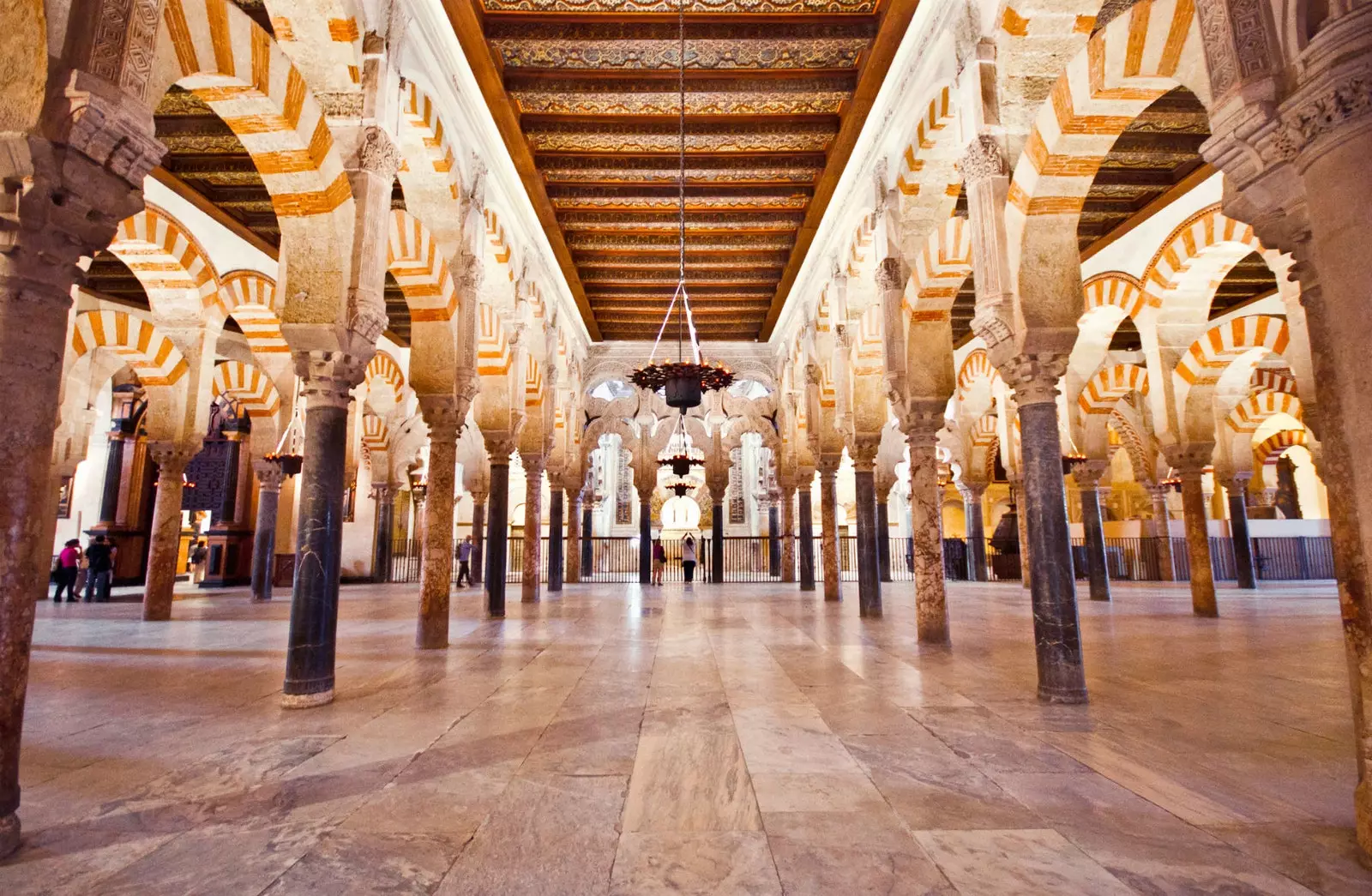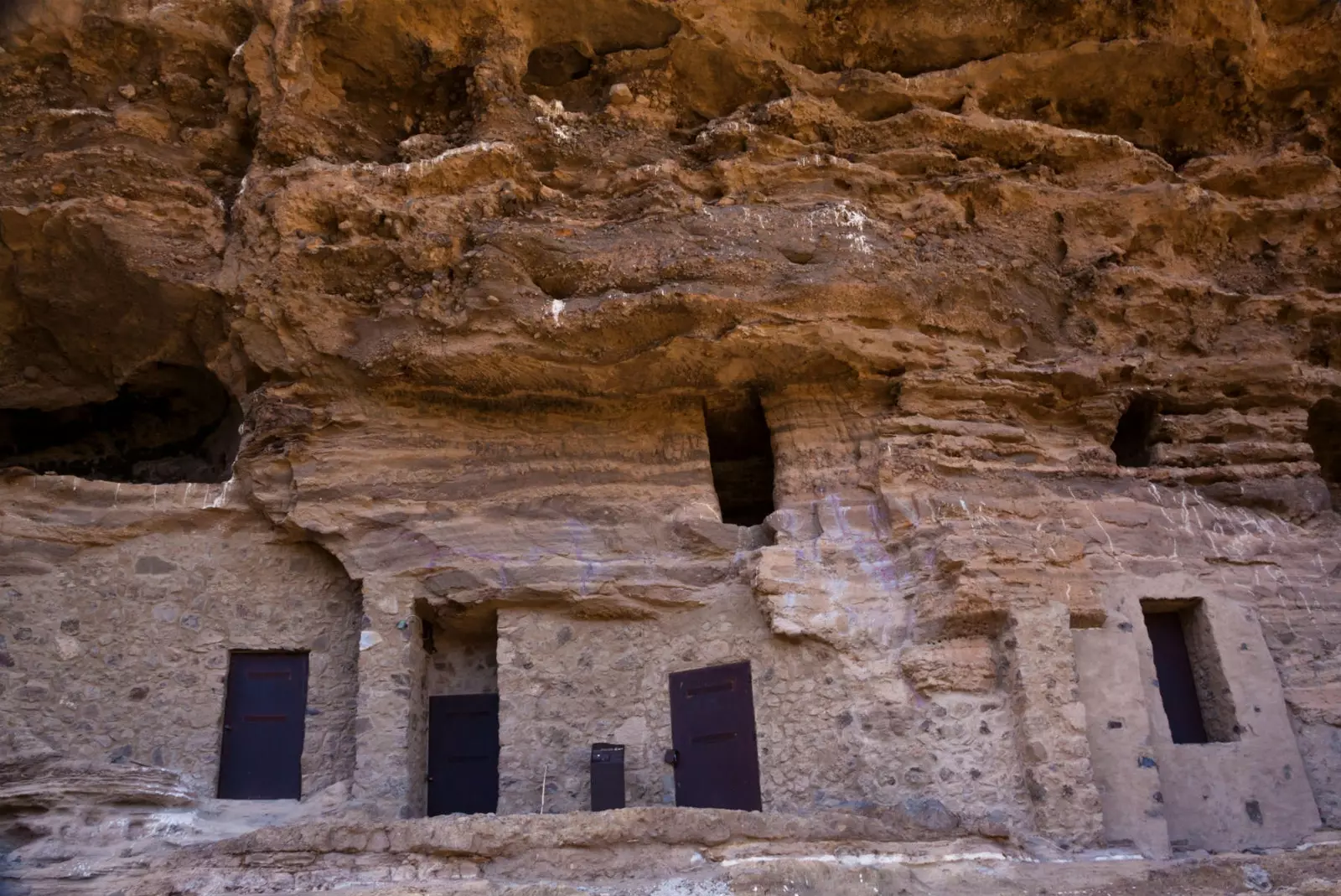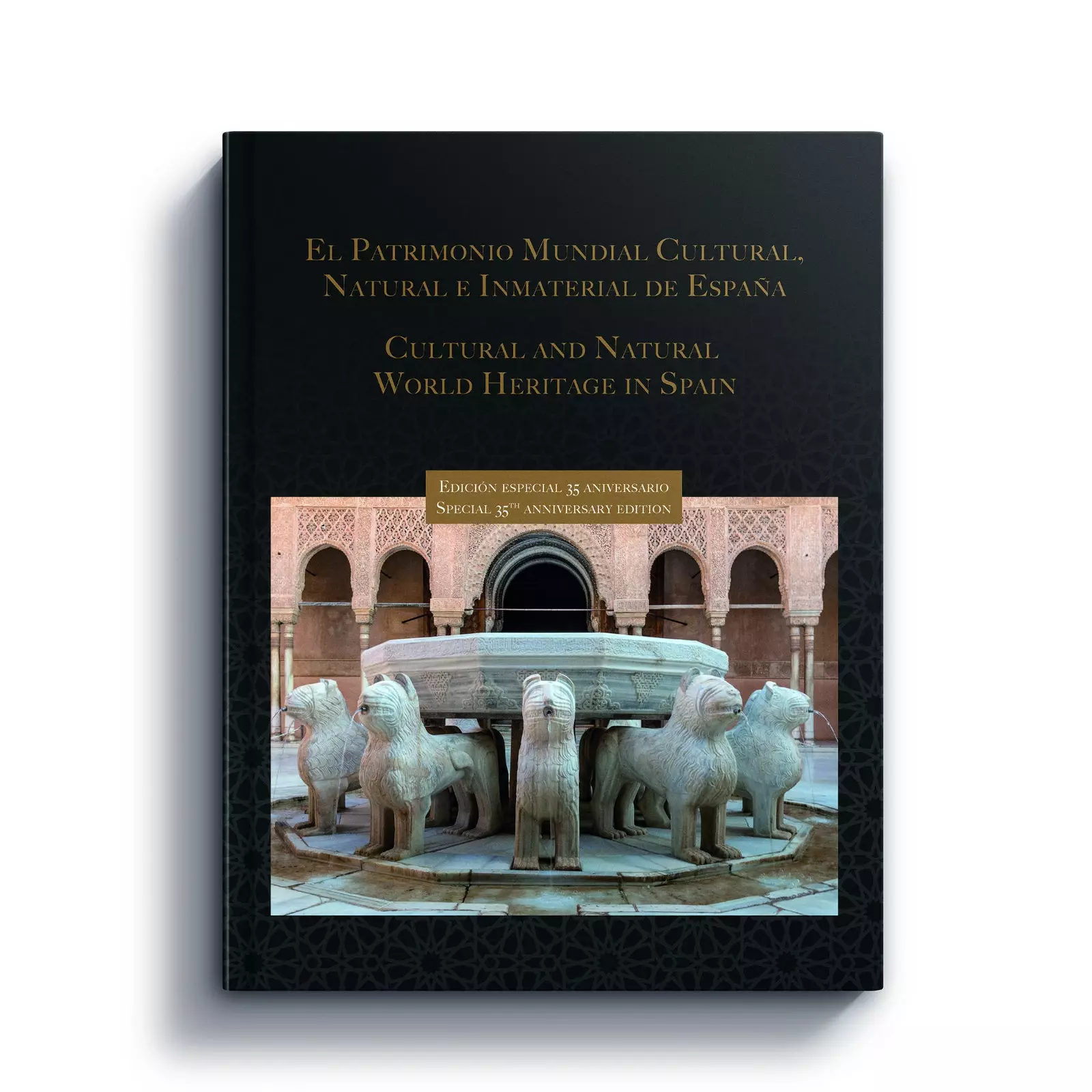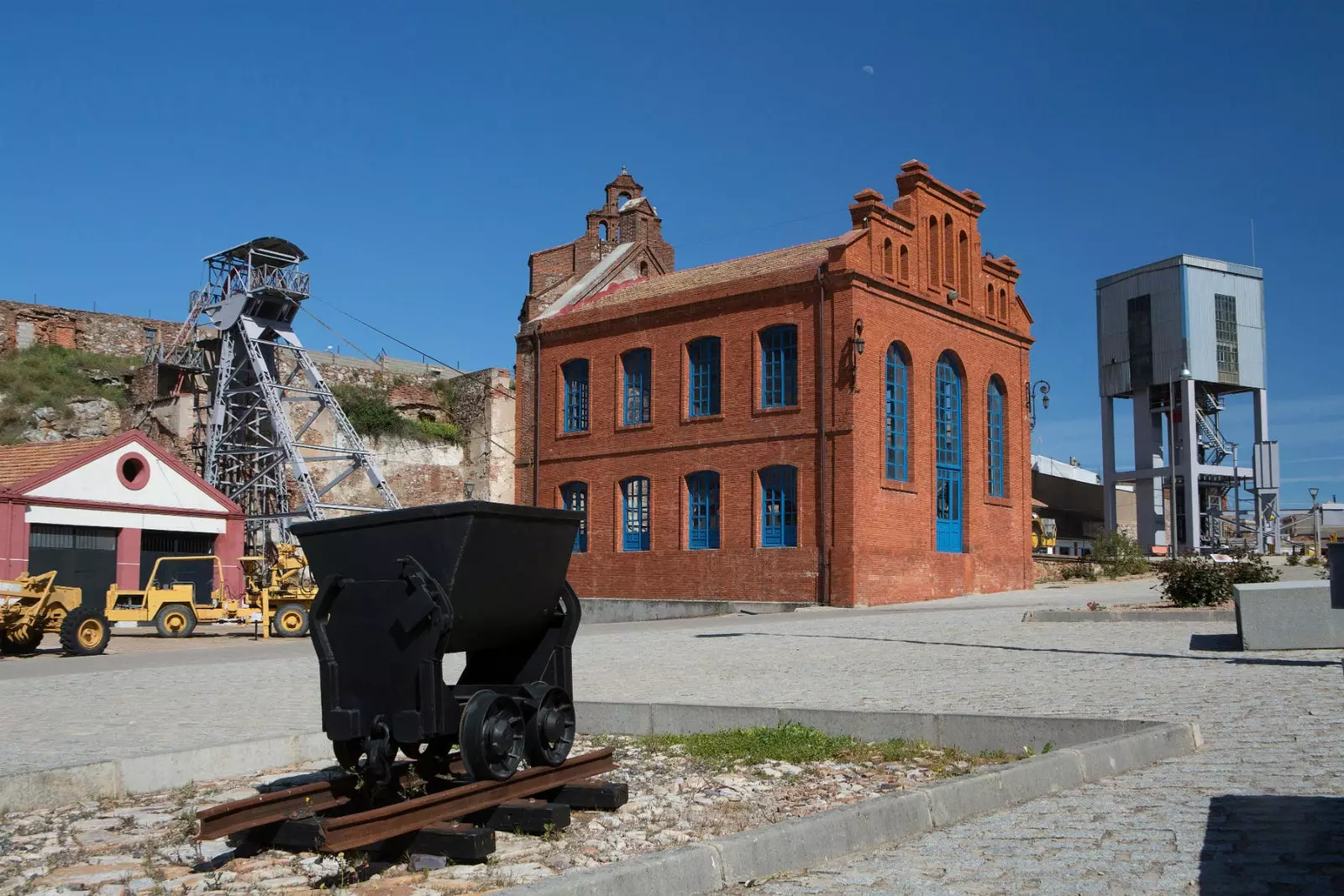
Our most precious asset: the Mosque of Córdoba.
In 1984 the first monument was inscribed Spain World Heritage , the Alhambra of Granada , that same year the Gaudi's works , the Monastery and Royal Site of El Escorial , the Burgos cathedral and the Historic Center of Cordoba.
And so it was that, little by little, UNESCO began to recognize all the world cultural and natural heritage of our country, which after 30 years it has become the third country with the most properties included in the World Heritage list . Only two countries, China and Italy, surpass us in such magnificent recognition.
The last to enter that coveted list were the Caliphate City of Medina Azahara (2018), the Risco Caído and the Sacred Mountains of Gran Canaria (2019) and the dry stone walls .
It is possible that some of them are unknown to the general public, despite the fact that they are great heritage jewels, but maybe the time has come to meet them all.

El Risco Caído in Gran Canaria is one of the last to enter the UNESCO list.
Now a new book presented by the Association for the Dissemination and Promotion of World Heritage in Spain, Adiprope, reminds us how important our legacy is.
The book **World, cultural, natural and intangible heritage of Spain** **(Editorial Mc Graw Hill)** has been published on the 35th anniversary of the first declarations of Spain in the official UNESCO list and includes the 48 World Cultural and Natural Heritage declarations and the 18 Intangible Cultural Heritage declarations.
Total 390 pages illustrated with 400 photos that show all our assets chronologically.
It is difficult to stay with any, but what if we pointed out the most valuable? As stated by the editorial, with "the Mosque-Cathedral of Cordoba , where Arab and Christian culture are mixed and, the declaration of the Cave Art of the Spanish Mediterranean Arch , where there are cataloged more than 600 shelters that show the settlement of the first Europeans”.

An edition to know our heritage.
In the book, also available in English, we highlight some little-known assets such as Mercury Heritage in Almadén and Idrija . In 2012, two municipalities joined the list, one Spanish, Almaden (Ciudad Real), and another Slovenian, Idrija.
The reason is that they were both related to mining; In the case of Almadén, we find a town totally dedicated to it since ancient times. Thus, among his assets are cinnabar mines , a mineral from which mercury is extracted.
And although right now they are not in operation, They are considered the largest in the world. (a third of all the mercury that humanity has used has been extracted from them). Numerous buildings remain from its mining activity.
Another of the lesser known is the Festival of the Mare de Deu de la Salut in the Valencian city of Algemesi . "Feast where one of its milestones are the human castles , the same ones that were taken by the citizens of Algemesí to Catalonia, where the festival was imitated, resulting in the famous castles , also recognized by UNESCO as Intangible Cultural Heritage”, they point out from the editorial.

The Almadén mines in Ciudad Real.
